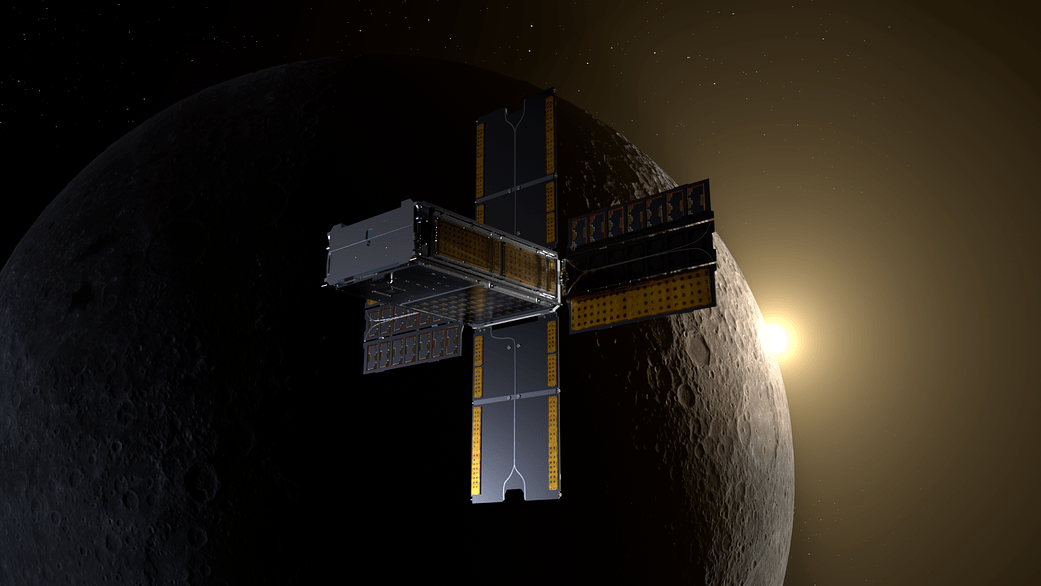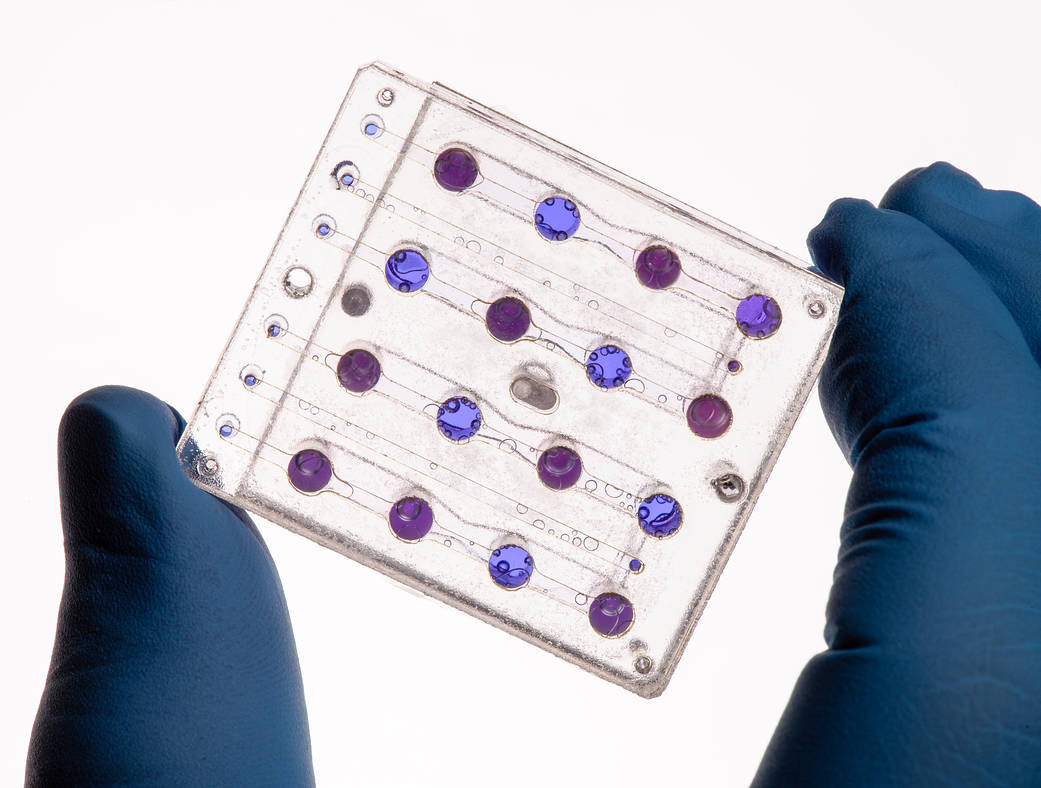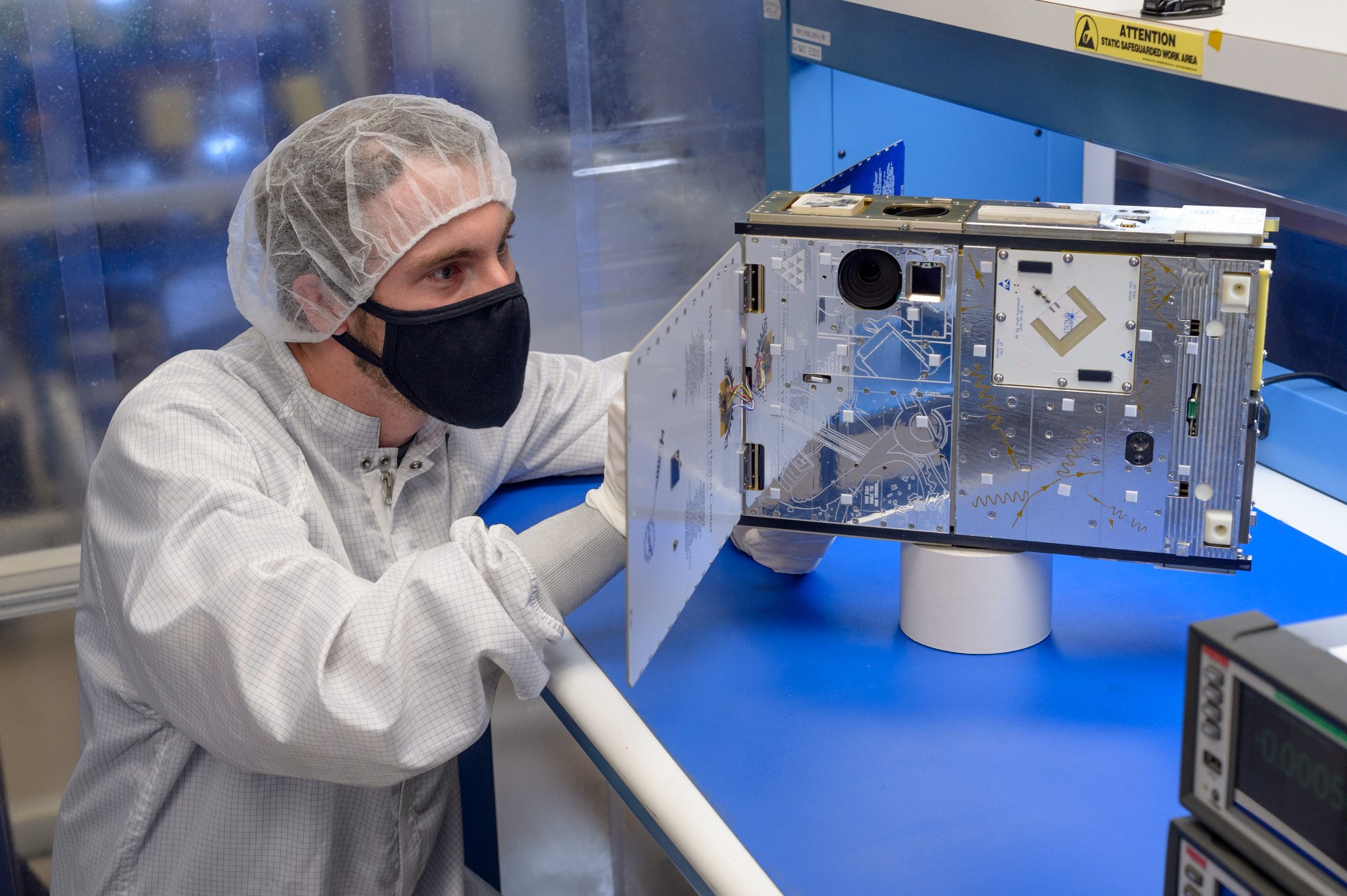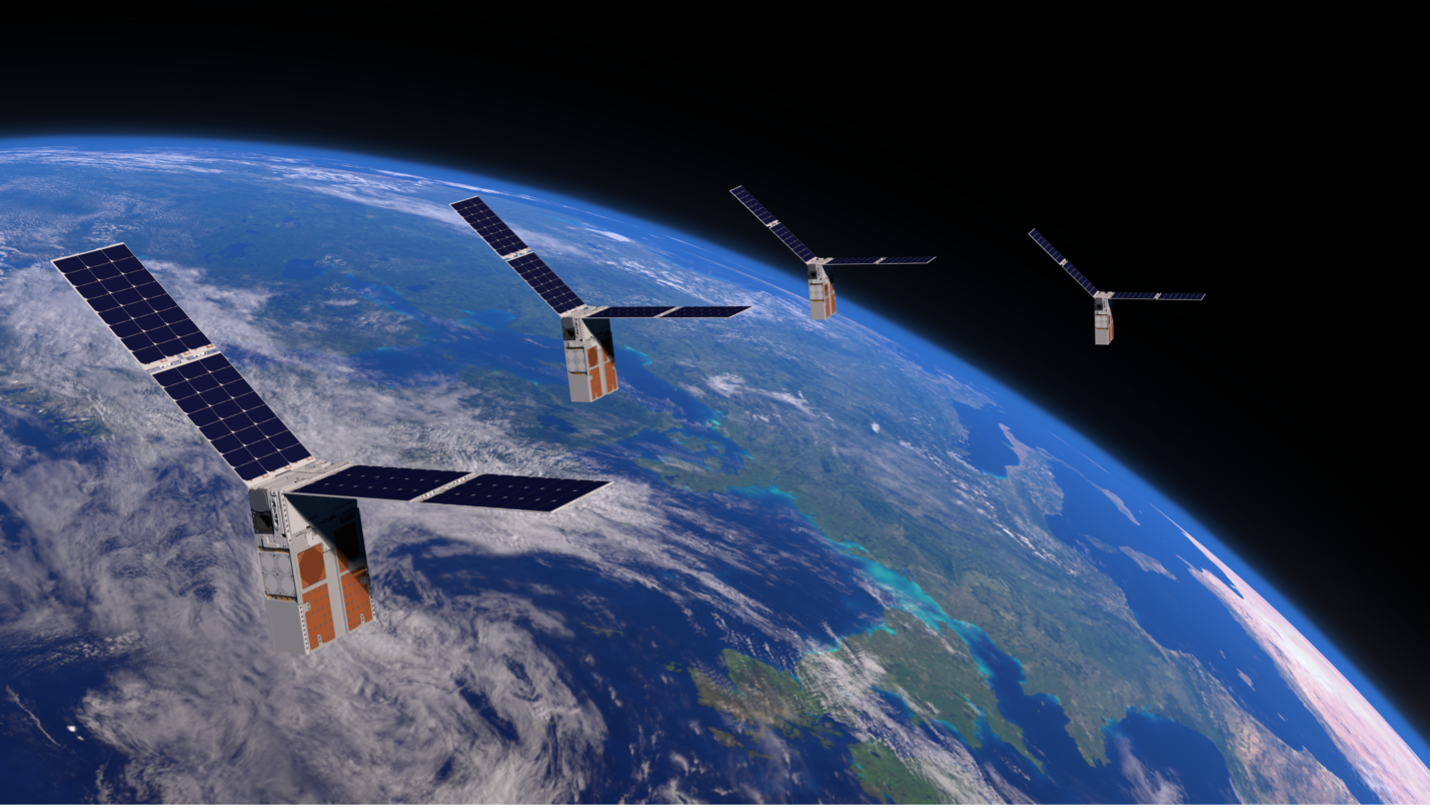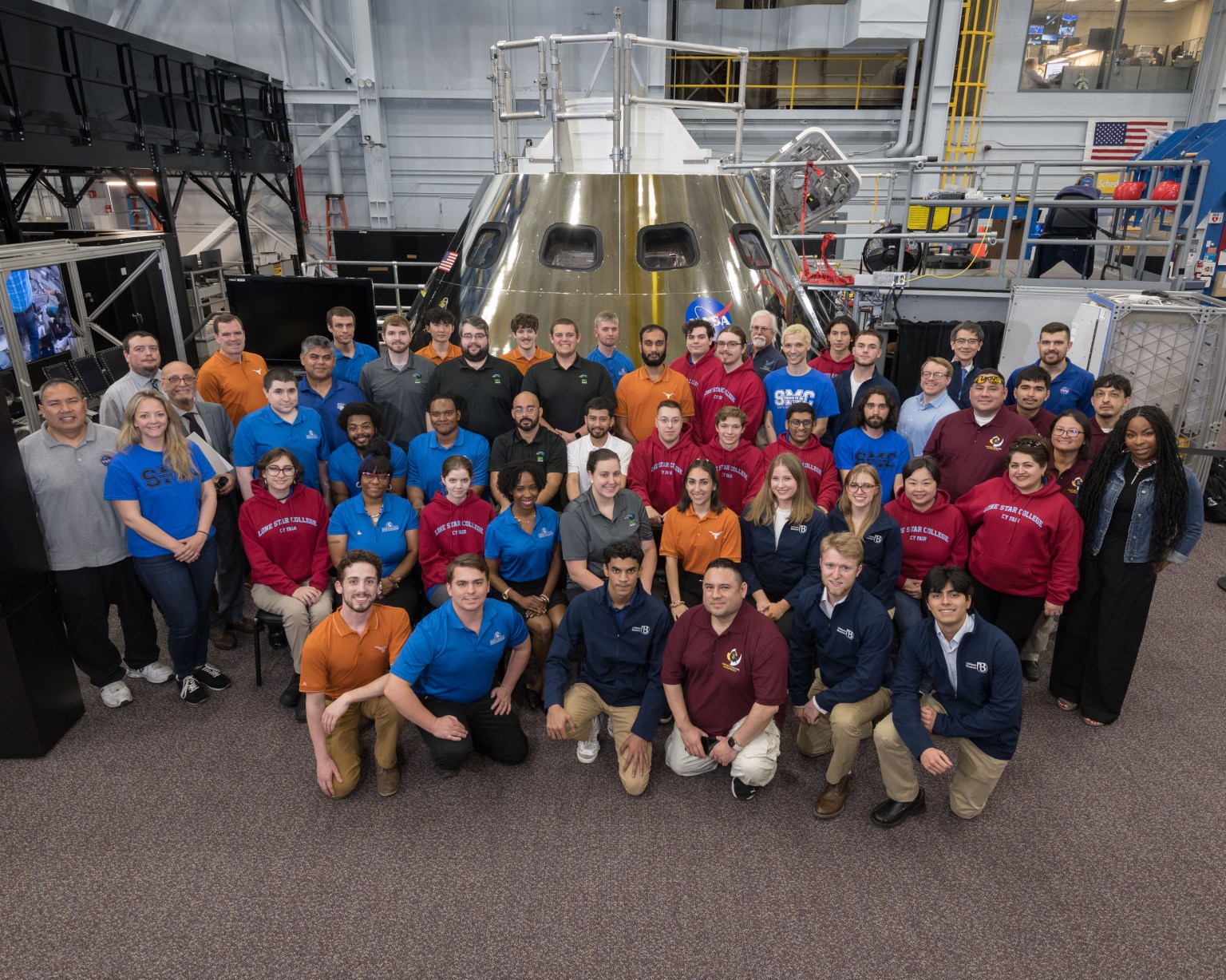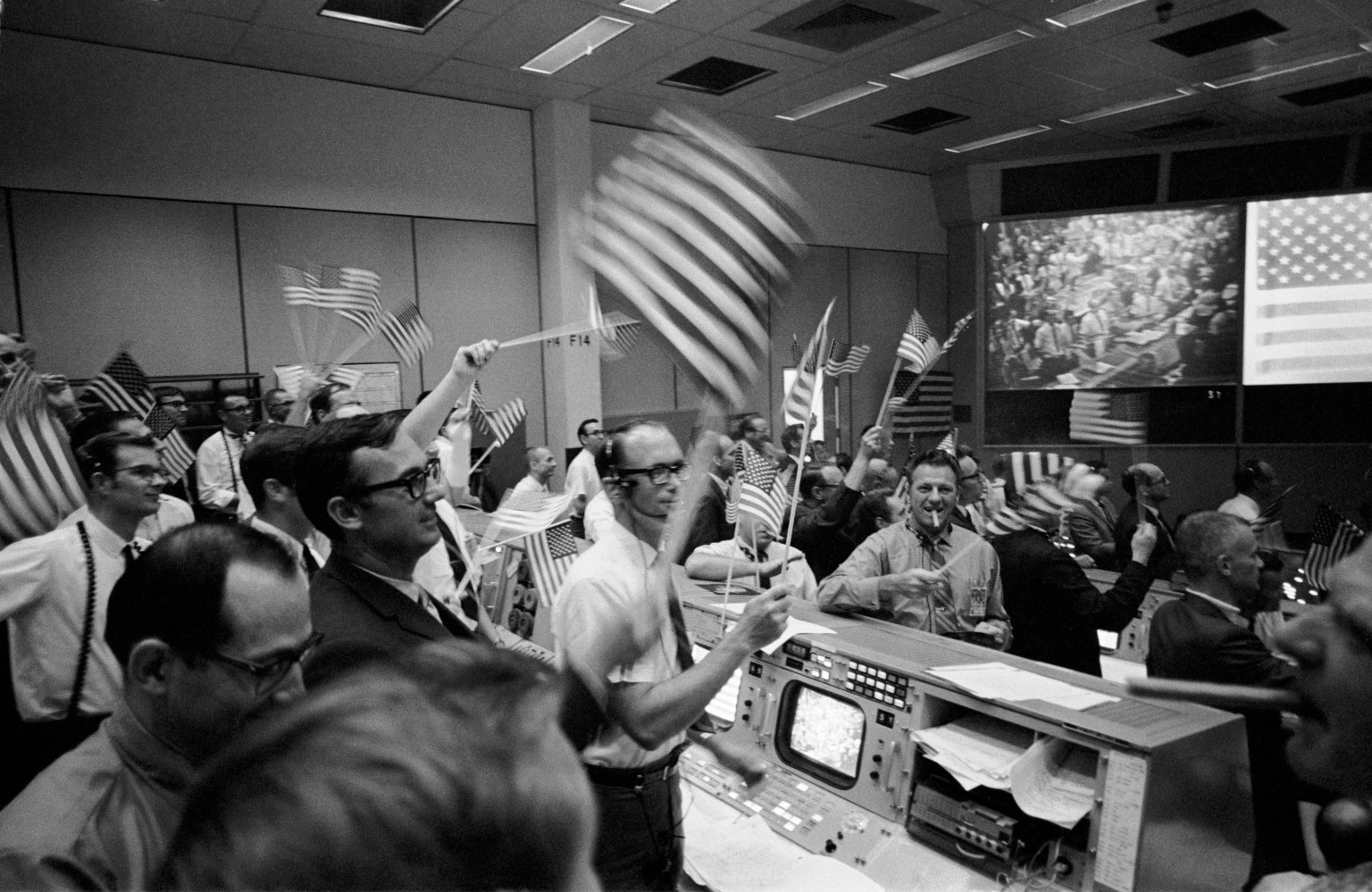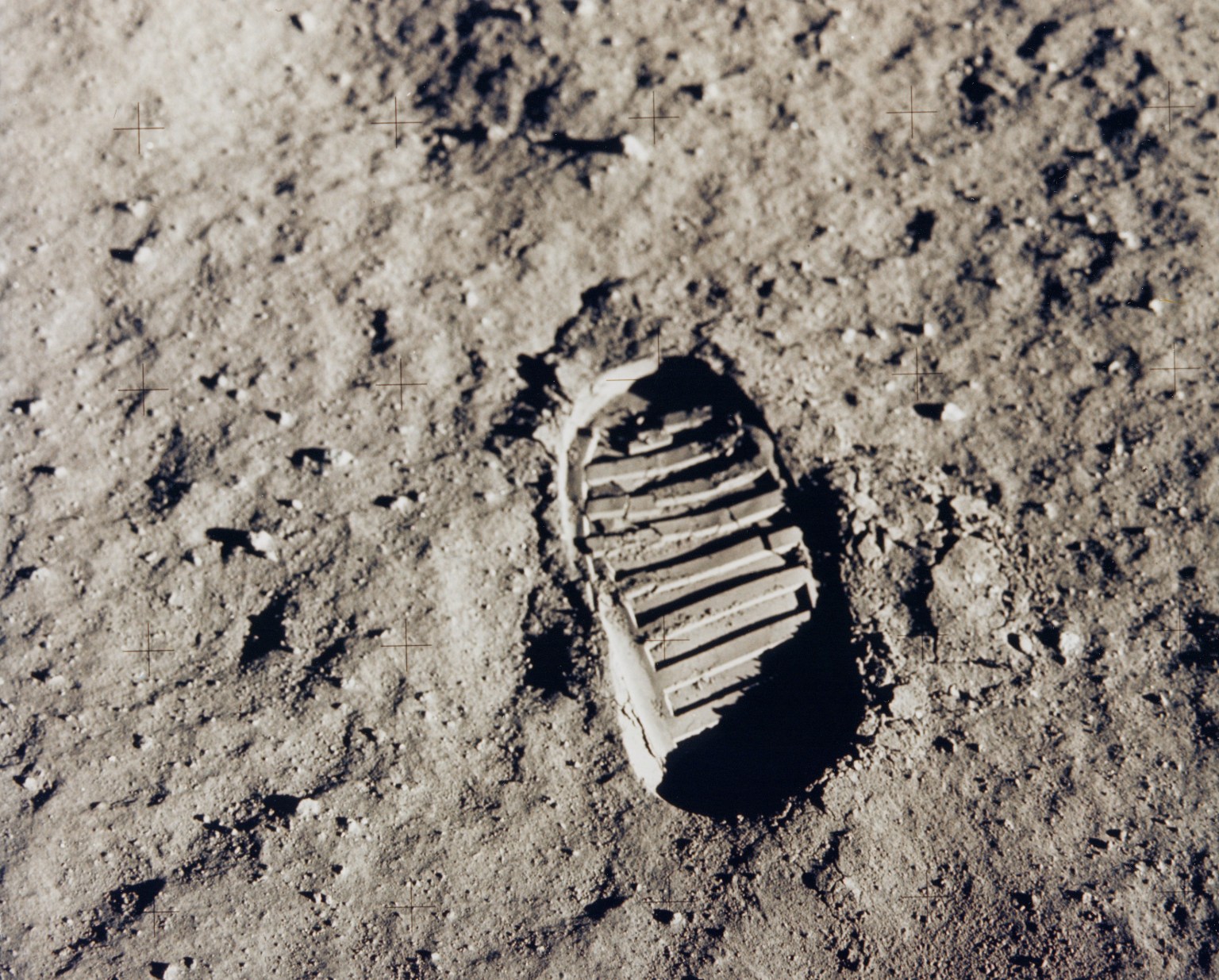About Cost-effective Space Missions at Ames
Answers to NASA’s science questions rely on new technologies engineered specifically for the extremes of spaceflight. Implementing new space systems in a cost-effective way helps deliver more science results. Ames provides leadership in cost-effective spaceflight missions for NASA.
Ames’ engineers achieve mission success by being innovative and dedicated. They balance each project’s technical risks, cost, and schedule. Through robust, cross-discipline relationships across the center – built upon decades of experience – they leverage the state-of-the-art capabilities of Ames’ engineering organizations and complementary Ames’ core competencies, bringing in experts in aeronautics, science, computing, entry systems, and intelligent systems when these capabilities best suit the mission.
They apply their expertise throughout the project lifecycle, starting from concept design through mission development, hardware design, development, test, execution, and operations. They support spaceflight projects ranging from miniaturized science instrument payloads to multi-spacecraft, small satellite systems, including the ones which will also precede and accompany explorers to the Moon, Mars, and beyond.
Ames’ Role and Areas of Excellence
Ames’ Spaceflight Division provides managerial and technical leadership to Ames’ cost-effective space missions. Its engineers and managers lead multidisciplinary teams which leverage Ames’s unique intersection of multiple core competencies, state-of-the-art capabilities, and experience.
Areas of excellence for cost-effective space missions at Ames are:
- SmallSat-focused discipline engineering, project management, mission operations, and Safety and Mission Assurance
The Systems Engineering team and the Spaceflight Project Office, both within Ames’ Spaceflight Division, provide leadership, project management, and technical support to cost-effective spaceflight projects. The Ames’ Engineering provides discipline subject matter experts with exhaustive SmallSat experience, and the center’s Safety and Mission Assurance Directorate has a cadre of staff well versed in cost-effective space missions. In addition, the Ames Multi-Mission Operations Center, or MMOC, is the flight operation center supporting SmallSats during low-Earth orbit and lunar missions, such as NASA’s Interface Region Imaging Spectrograph, or IRIS, and NASA’s Lunar Atmosphere and Dust Environment Explorer, or LADEE. The MMOC also includes support for operations aboard the International Space Station, such as Astrobee,
- Swarm technology, swarm autonomous collision avoidance
Ames has a keen interest in formation flying missions, including swarms, where a collection of spacecraft operate in close proximity as a single entity. Synergies are present between the Ames Spaceflight Flight Dynamics team and the Ames-based Distributed Spacecraft Autonomy project. Key aims for the project are to demonstrate approaches for adaptive reconfiguration of the swarm’s plan and distributed decision-making across a swarm of spacecraft.
- Experience in unique flight trajectory planning in multiple regimes such as low-Earth orbit, cis-lunar, and deep space
The Flight Dynamics team, within the Ames Spaceflight Division, provides full orbital mechanics support in all mission phases. The team collaborates with the mission design, systems engineering, and project management groups at Ames to provide orbital mechanics data to enable feasibility studies, proposals, and spaceflight missions. The team’s main areas of expertise include trajectory design, mission operations, orbit analysis, and formation flying.
- The Mission Design Center
Ames’ Mission Design Center, within the Ames Spaceflight Division, is a multi-disciplinary, concurrent engineering technical area that specializes in conceptual mission design and focuses on cost-effective, small spacecraft. Ames provides the support customers need to understand if their idea for a spaceflight mission is feasible and provides concurrent engineering services, infrastructure, training, and trained personnel, for spaceflight mission concept development.
In addition to the areas of excellence described above, Ames cost-effective space missions core competencies benefit from the synergy with other center activities and organizations, including:
- The Ames Science Directorate, which provides leading-edge instrument work on lunar payloads, such as the Neutron Spectrometer System, or NSS, and the Near Infrared Volatile Spectrometer System, or NIRVSS, and on microfluidics instrument for planetary life detection payloads.
- The Entry Systems and Technology Division of Ames’ Exploration Technology Directorate, which provides agency leadership for planetary entry and thermal protection systems.
- The Intelligent System Division of Ames’ Exploration Technology Directorate, which provides leadership in information technology for the agency including work on intelligent systems for control, operations, and autonomy in support of NASA missions.
- The Ames Programs and Projects Directorate, which hosts the NASA Small Spacecraft Systems Virtual Institute, NASA’s Small Spacecraft Technology program, and develops and executes major spaceflight projects at Ames.
- Ames’ world-class technologists in space, earth, biology, and life sciences.
For researchers:
- NASA technical page: Ames Engineering Spaceflight Division
Featured Examples
BioSentinel
Astronauts live in a pretty extreme environment aboard the space station, orbiting about 250 miles above the Earth in the weightlessness of microgravity. And yet, this place is relatively protected in terms of space radiation. The Earth’s magnetic field shields space station crew from much of the radiation that can damage our cells and lead to serious health problems. When future astronauts set off on long journeys deeper into space, they will be venturing into more perilous radiation environments.
NASA’s BioSentinel mission will perform the first long-duration biology experiment in deep space and will measure the impact of deep space radiation on a living organism, yeast. The data BioSentinel will return will fill critical gaps in knowledge about the effects of deep space radiation on biology as NASA seeks to establish long-term human exploration of the Moon and prepare us for human exploration on Mars.
BioSentinel’s mission builds on Ames’ history, following 15 years of Ames’ experience in developing and flying CubeSats that carried and studied living microbes in low-Earth orbit. BioSentinel will send the first CubeSat to run a biology experiment in deep space. The shoebox-sized CubeSat will launch aboard Artemis I – the first flight of the Artemis program’s Space Launch System – and fly past the Moon in a direction to orbit the Sun. The spacecraft carries an onboard physical sensor and dosimeter and tests new technology with the Ames-developed BioSensor payload, a kind of “living radiation detector.”
Learn more:
For researchers:
Payload Accelerator for CubeSat Endeavors initiative
New small spacecraft technologies could transform future deep space mission capabilities and bring down mission costs. NASA’s Payload Accelerator for CubeSat Endeavors, or PACE, initiative is finding ways to speed up the process of getting small spacecraft technologies ready for prime time. NASA needs to ensure new technologies are sufficiently vetted to stand up to the extreme demands of the space environment before implementing them for an exploration mission. This vetting process, called technology maturation, is accomplished through repeated design, assembly, and testing cycles. Flight tests are key to this process, which culminates with a technology demonstration in space.
PACE’s goal is to mature technology payloads, from early-stage proof-of-concept models to flight qualification for an operational space mission, all while shortening technology testing timelines. The initiative supports flight demonstrations, facilitating suborbital and orbital launches for technology payloads. The initiative reduces the cost, risk, complexity, and/or time required to mature technology, lowering the barriers to development.
Getting more technology payloads tested in flight more frequently helps researchers iterate their designs faster. PACE seeks to fly as many new technologies as possible, particularly early-stage, higher-risk innovations. NASA plans to launch a series of PACE orbital missions every six to nine months.
Learn more:
Starling
NASA’s Starling technology demonstration will test new technologies that will let four shoebox-sized CubeSats operate autonomously in a synchronized manner in low-Earth orbit. Cooperative groups of spacecraft – also known as distributed missions, clusters, or swarms – are advantageous because they can act in unison to achieve objectives. Autonomy ensures that a mission continues to perform through periods when communications between spacecraft and mission control centers on Earth don’t work because of distance or location.
Starling will advance capabilities for swarm maneuver planning and execution, communications networking, relative navigation, and autonomous coordination between spacecraft. Starling’s flight demonstration will determine if the technologies work as expected, what their limitations are, and what developments are still needed for CubeSat swarms to be successful.
Although Starling’s technologies are being tested in low-Earth orbit, the technologies apply equally as well to deep space applications. Swarms of autonomously operating CubeSats could provide future deep space missions with navigation services, collect multi-point science data, and prepare for exploration missions by positioning multiple small spacecraft to function as one very large observation instrument.
Learn more:


























